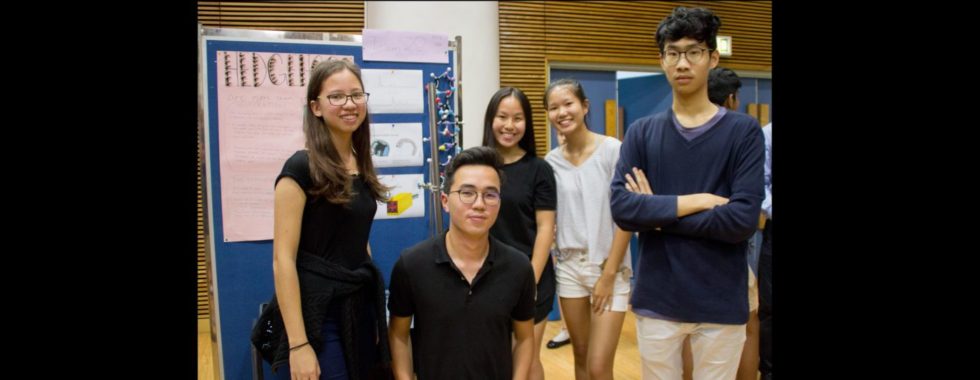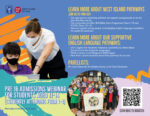Group 4 Student Reflections
All IB science students must complete a Group 4 Project as part of the required IB Group 4 (Science) Program. In this project students are part of a multidisciplinary team studying a particular science topic within the same theme. There is a strong emphasis on team work, sharing of ideas, and cooperation.
Congratulations to the winners – Team 20 – who worked on the Shock Absorbency of Hedgehog Spikes. More details about their G4 experiences are below:
Eve Lange
Group 4 was an amazing opportunity for design to play a pivotal role; I used skills I had learned in DT, and applied them outside the subject alongside other sciences. I feel like we all designated roles by ourselves instinctively, and despite the challenge, I enjoyed my role very much.
Matthew Wong
Our group worked on the shock absorbent property of hedgehog spikes. As a Biology and Chemistry student, I focused on researching the molecular aspect of the protein present in the structure hedgehog spikes. I also focused on conducting the experiment to test for the shock absorbency of our model.
Robert Lacy
I believe that the most challenging task we faced in this project was making our presentation stand out. However, through working as a team we managed to come up with creative ideas such as an interactive experiment which I was able to execute efficiently and accurately due to my experience in physics experiments and my understanding of forces from physics.
Natalie Law
Our group did our project on the shock absorbency of hedgehog spikes. Being a Physics student, I focused on the experimental factor of the project. However, since it was the least time consuming, I helped in the construction of our presentation i.e. the building of a hedgehog spike ‘skeleton’.
Sydney Lai
This was an extremely rewarding experience; not only was able to enhance my understanding of Biomimicry, but we were also able to explore a method of protection that could potentially save so many people. I was involved in the research and the aesthetic of the project. In terms of research, I looked at real life situations that hedgehog spikes could be applied to; for example, it could be applied to helmets to further ensure the safety of American football training. In terms of aesthetic, I helped make the poster and put our cardboard model of a hedgehog spike together.
Darren Lam
I helped with researching about how Hedgehog spikes are shock-absorbent, as well as their practical uses in the world around us. For instance, Hedgehog spikes are used in the design of road barriers, as well as helmets, to minimize the impulse of the shock. The reason why Hedgehog spikes can absorb shock is because they are made out of keratin, which has elastic properties, and can transition between α-helices and β-pleated sheets.
Many thanks to the Science Department for all their support.
More photos from G4 are here.



